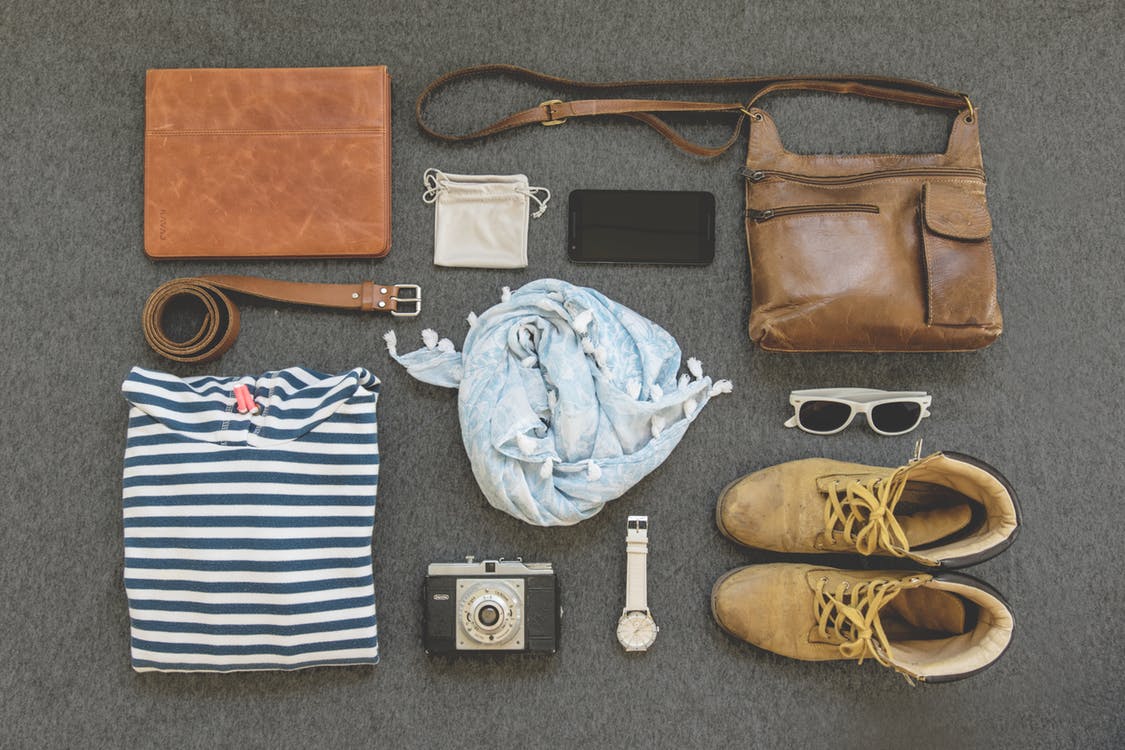On a typical work day women will deliberate over their attire for approximately 14 minutes
The average women spends FOUR months thinking about what to wear over her working lifetime, according to a new study.
On a typical work day women will deliberate over their attire for approximately 14 minutes, which will be the equivalent of two and a half days a year.
Over the average working lifetime of 47 years, that’s 119 days spent in front of the wardrobe.
More than one third of women claim to feel pressured to look a certain way at work – and 76 per cent constantly find it difficult to decide what is appropriate.
Just under half of those polled admit they have no enforced dress code to adhere to, which can make their decision even harder.
David Clift, HR Director at totaljobs, which carried out the study of 2,000 office workers, said: “This study really indicates the uncertainty around dress codes in the workplace and how it is leading to greater numbers of workers worrying about what they wear and what it potentially says about them.
“Our report indicates that female workers are more impacted by ambiguity around dress codes and are more likely to face unnecessary and unwanted stress or comments from colleagues.
More than one in ten women claim to feel pressurised to dress in a certain fashion by management of a different gender, while 19 per cent blame company culture.
A staggering 28 per cent of female workers have received unwanted comments about their appearance at work, in relation to piercings, tattoo and hairstyle.
Of these unfortunate victims, 16 per cent had been taken aside due to their revealing clothing and 28 per cent had received comments about their make-up.
One in ten women have even been sent home to change after turning up in an outfit which was deemed unsuitable.
Fifteen per cent of those polled believe there is a lack of clarity in the workplace about company dress code, and nine per cent have absolutely no sense of what management wants them to wear.
Dressing casually for work comes with even more ambiguity for women than days when workers are expected to turn up in smart wear.
This has led to 23 per cent of women being told they look tired, one in 20 asking if they are hungover and a further 13 per cent being asked if they are sick.
Other situations guaranteed to cause confusion when getting dressed in the morning are meetings with senior management and clients (18 per cent respectively), giving presentations (19 per cent) and work appraisals (seven per cent).
Even office parties, which are meant to be the highlight of the working year, end up leaving 31 per cent of women stressed out, compared to just 16 per cent of men.
Indeed, men do not appear as stressed out when it comes to thinking about what to wear for work, with a staggering 66 per cent saying they never find it difficult deciding on an outfit.
A further 88 per cent don’t feel they’ve ever had to worry about company dress code, and men tend to spend less than ten minutes picking something to wear in a morning.
But both genders are agreed on the work wear which is definitely NOT appropriate for work – with a resounding six in ten saying shorts are a big no-no.
Other wear deemed completely wrong for the office are hoodies or tracksuits, slogan t-shirts and any form of headwear.
A spokeswoman for TotalJobs.com added: “We hope that by revealing these findings, employers begin to understand how important it is to outline exactly what is expected in terms of the attire their employees wear to work.
“Ideally, this would contain specific guidance would help both male and female employees to feel more comfortable in what they wear at work.
“We are keen that employers actively look at ways to develop a gender-neutral dress code.”
To find out more about the office dress debate please visit https://www.totaljobs.com/insidejob/equal-opportunities-dress-code
TOP 5 UNSUITABLE WORK-WEAR
1. Shorts
2. Hoodies / tracksuits
3. Slogan t-shirts
4. Hats / caps
5. Sandals / flip flops

